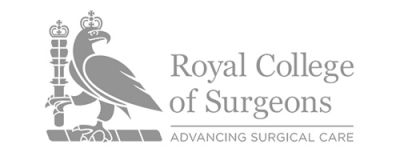KNEE REPLACEMENT SURGERY
Knee replacement surgery (arthroplasty) is a routine operation that involves replacing a damaged, worn or diseased knee with an artificial joint.
Adults of any age can be considered for a knee replacement, although most are carried out on people between the ages of 60 and 80. More people are now receiving this operation at a younger age.
A replacement knee usually lasts over 20 years, especially if the new knee is cared for properly and not put under too much strain.
WHEN A KNEE REPLACEMENT IS NEEDED
Knee replacement surgery is usually necessary when the knee joint is worn or damaged to the extent that your mobility is reduced and you experience pain even while resting.
The most common reason for knee replacement surgery is osteoarthritis. Other conditions that cause knee damage include:
• rheumatoid arthritis
• haemophilia
• gout
• disorders that cause unusual bone growth (bone dysplasias)
• death of bone in the knee joint following blood supply problems (avascular necrosis)
• knee injury
• knee deformity with pain and loss of cartilage
A knee replacement is major surgery, so is normally only recommended if other treatments, such as physiotherapy or steroid injections, haven’t helped reduce pain or improve mobility.
You should only consider knee replacement surgery if:
• you have severe pain, swelling and stiffness in your knee joint and your mobility is reduced
• your knee pain is so severe that it interferes with your quality of life and sleep
• everyday tasks, such as shopping or getting out of the bath, are difficult or impossible
• you’re feeling depressed because of the pain and lack of mobility
• you can’t work or have a normal social life
You’ll also need to be well enough to cope with both a major operation and the rehabilitation afterwards.
Discussion with James is important to answer any questions that you may have. For information about any additional conditions not featured within the site, please contact us for more information.







